Breeding management: This week’s sheep feature discusses performance recording and touches on the subject of single-sire mating.
This practice works well in being able to match ewes and rams with particular characteristics and being in a position to link the performance of progeny back to their parents. It does, however, come with a word of caution in terms of limiting the risks of ram subfertility or infertility.
Raddling rams will identify higher than normal repeat rates and sound alarm bells. However, this practice alone where carrying out single-sire mating can delay breeding if the same ram is left with a group of ewes well into the second cycle. Many farmers operate a system of leaving a ram with a batch of ewes for the first breeding cycle and then switching rams between groups so that if there are fertility issues the delay in breeding will be pushed back by a maximum of two weeks.
Where single-sire mating is not being carried out then it is still important to raddle rams not only to identify fertility issues but also to be in a position of accurately estimating the lambing date and implementing concise feeding programmes.
Running rams in groups will cut down but not entirely eliminate fertility issues as there have been cases where two rams are run with a batch of ewes and the dominant ram experiencing fertility issues and preventing the other from mating with ewes.
Switching rams between groups irrespective of the breeding programme being used is one of the best options to limit the consequences of fertility issues in rams.
It is also important to monitor that young ram lambs are actually serving ewes correctly. False mounting is an issue linked to overfed or overweight rams which may have feet issues such as bad back pasterns. In such cases a ram can associate the final thrust when serving ewes with an injection of pain from its back pasterns and end up mounting ewes and not actually serving them.
Lamb slaughter performance: There are more reports over the last week of lambs killing poorly. Issues were reported with both carcase weight and flesh cover. Ram lambs lacking flesh are reported as killing as low as 40% to 41% of liveweight, with the typical range for strong ram lambs finished off a predominately grass-fed diet at this stage of the year between 41% and 43%.
Similar ram lambs finished on a high-concentrate or forage crop diet will realise a 1% to 2% higher kill-out. Wether and ewe lambs finished off grass or grass and a small level of concentrates will kill in the region of 44% to 45% while again lambs finished on concentrates or forage crops will kill 1% to 2% higher. Lambs should be carefully selected on a combination of fat cover and liveweight. Some factories are cutting upwards of €1/kg for lambs falling below 17kg carcase weight and under fleshed.
A couple of factories are also starting to see a higher incidence of evidence of pneumonia.
This is in some cases leading to part-condemnation of carcases and could be an underlying issue in poor slaughter performance. It is important to investigate and follow up on any such cases and implement a control programme where required.



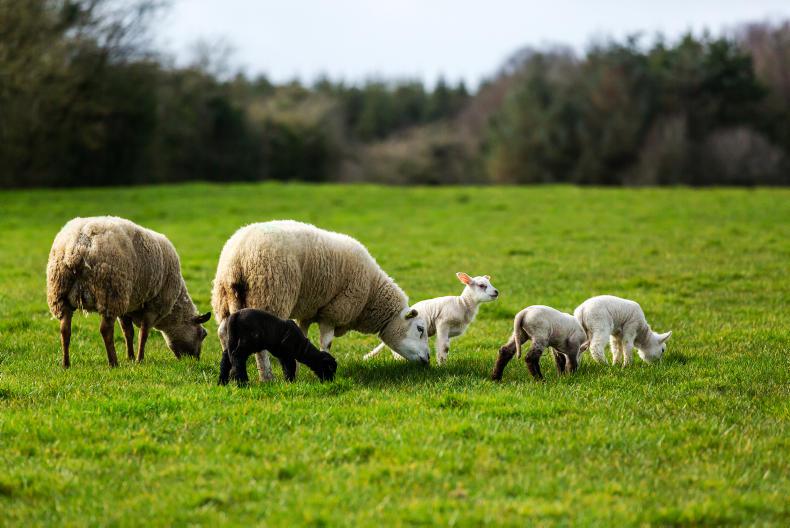

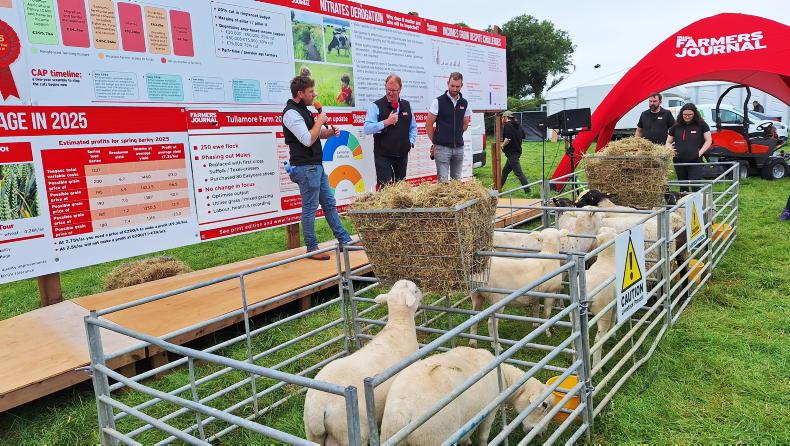

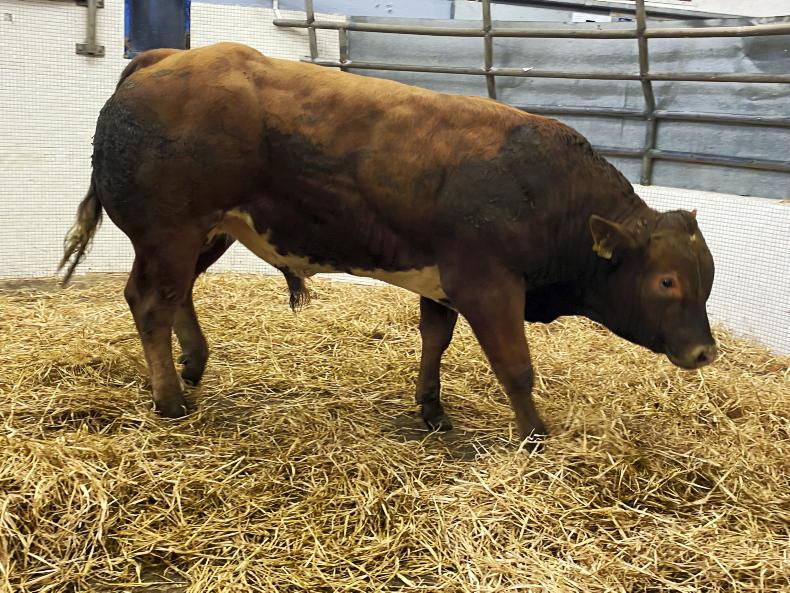
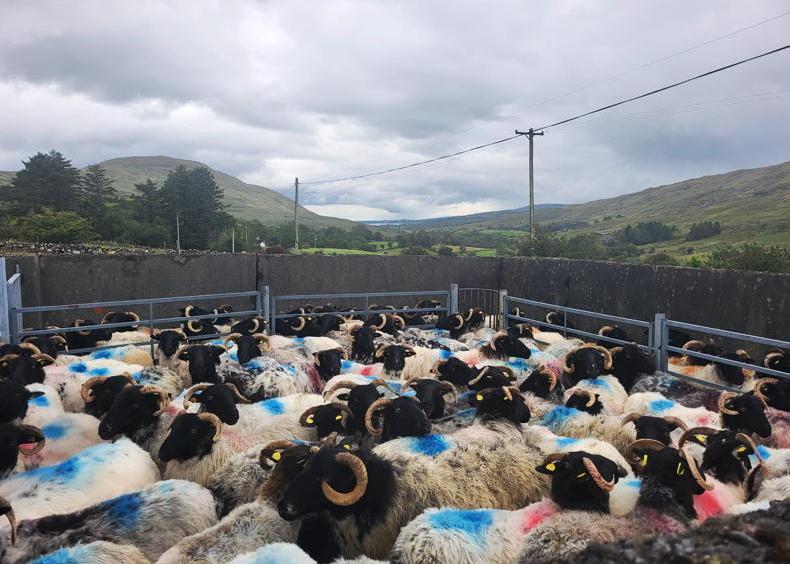
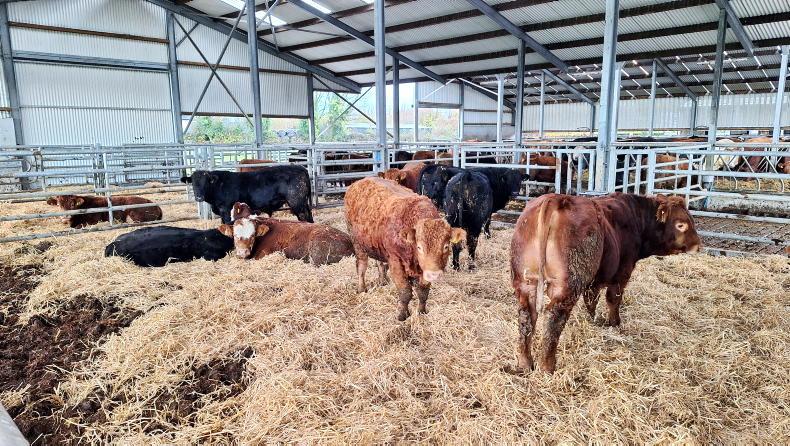
SHARING OPTIONS